Russia said on Wednesday that its partnership with China was not aimed against third nations but rather that the two powers could “combine potential” if confronted with a threat from the US.
When asked about a potential deployment of U.S. missiles in Japan, Foreign Ministry spokeswoman Maria Zakharova stated, “I would like to remind you that Moscow and Beijing will respond to ‘double containment’ by the United States with ‘double counteraction”
“Far From Being Political”

The Japan Times stated on Sept. 7 that the US had communicated an interest in sending a Typhon mid-range missile system to Japan for joint military activities.
At her weekly briefing, Zakharova told reporters, “It is clear that both Russia and China will react to the emergence of additional and very significant missile threats, and their reaction will be far from being political, which has also been repeatedly confirmed by the two countries”
Strategic Partnership
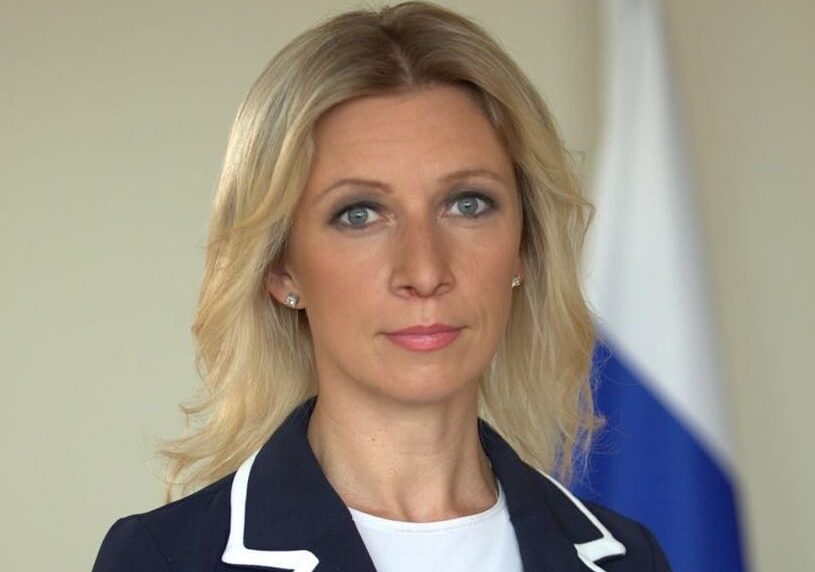
Zakharova said Russia and China had a strategic partnership that was not aggressive in its purpose.
Speaking to Reuters, Zakharova said, “Our relations are not directed against third countries… and double counteraction does not contradict this. This is a defensive position, this is not an initiative to target other countries”
“Appropriate Rebuff”
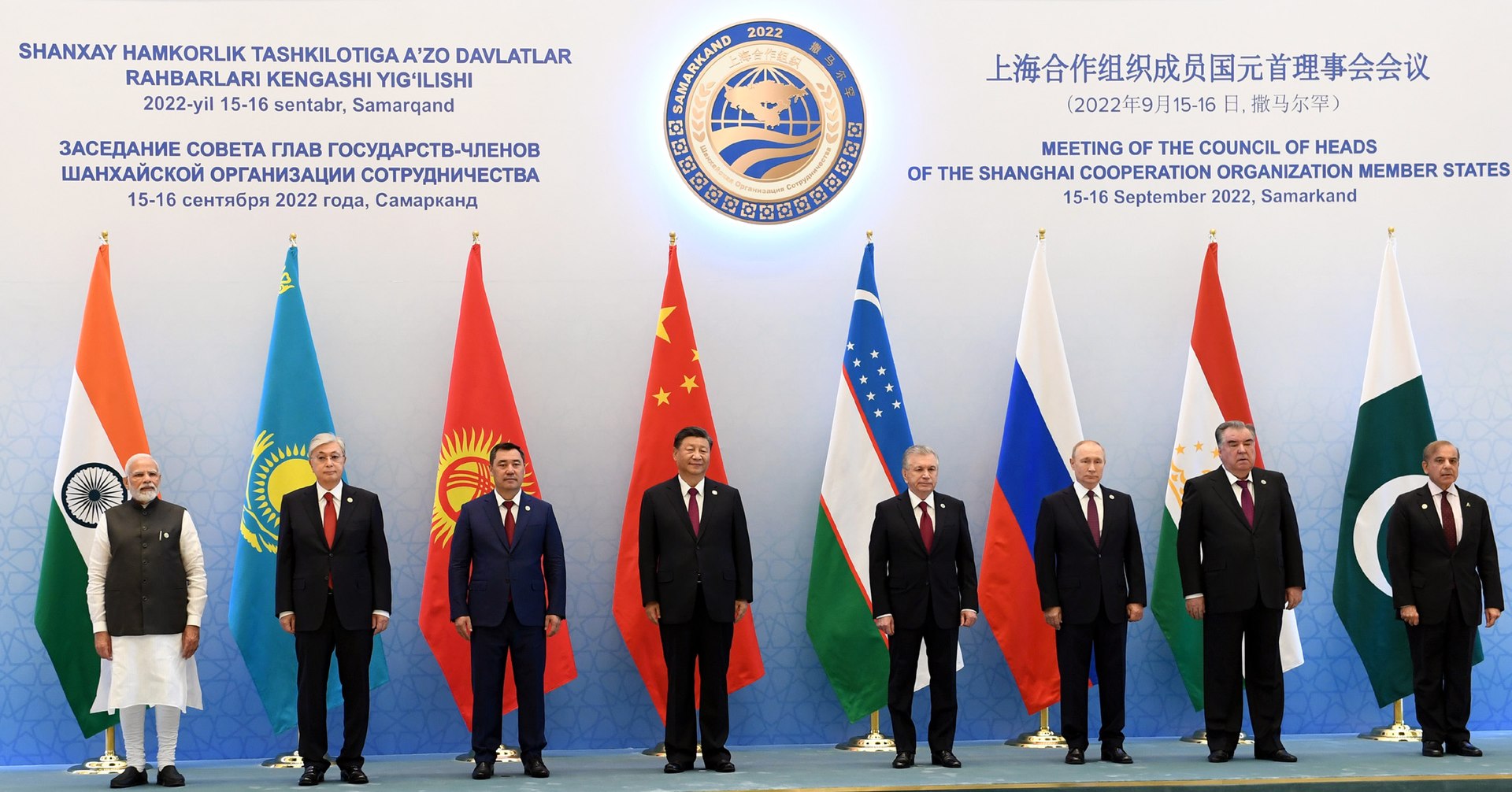
Zakharova went on to state, “But if an aggressive policy of attack is being implemented against us from one centre, why don’t we combine our potential and give an appropriate rebuff?”
In 2022, Presidents Xi Jinping and Vladimir Putin signed a partnership agreement with “no limits,” less than three weeks before Putin invaded Ukraine with his troops.
“Allies in Every Sense of the Word”
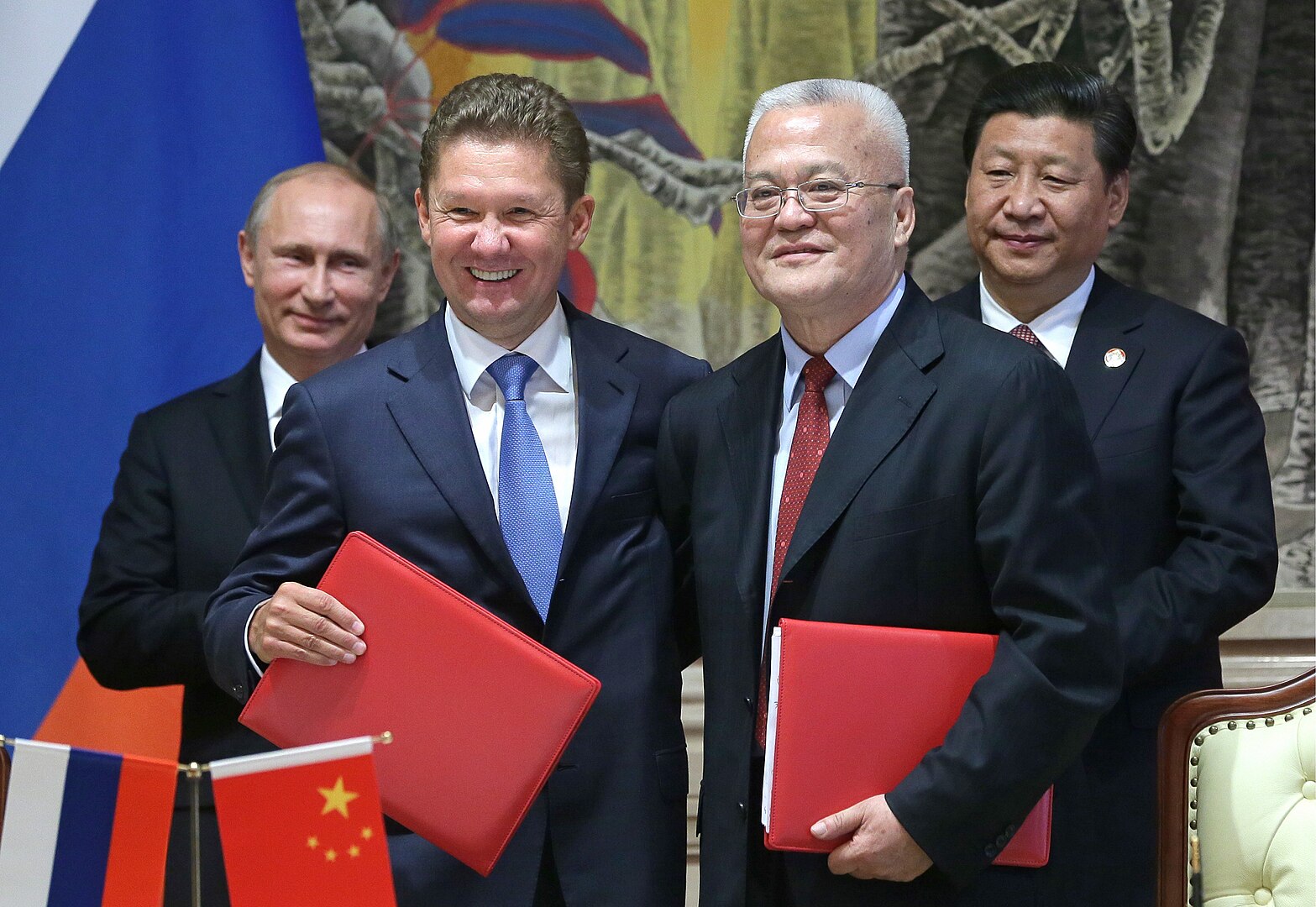
Jinping and Putin agreed to deepen their “comprehensive partnership and strategic cooperation” for a new era in May of this year.
The nations of China and Russia have not announced a formal military coalition, despite the fact that Putin last week depicted them as “allies in every sense of the word”.
Military Activities
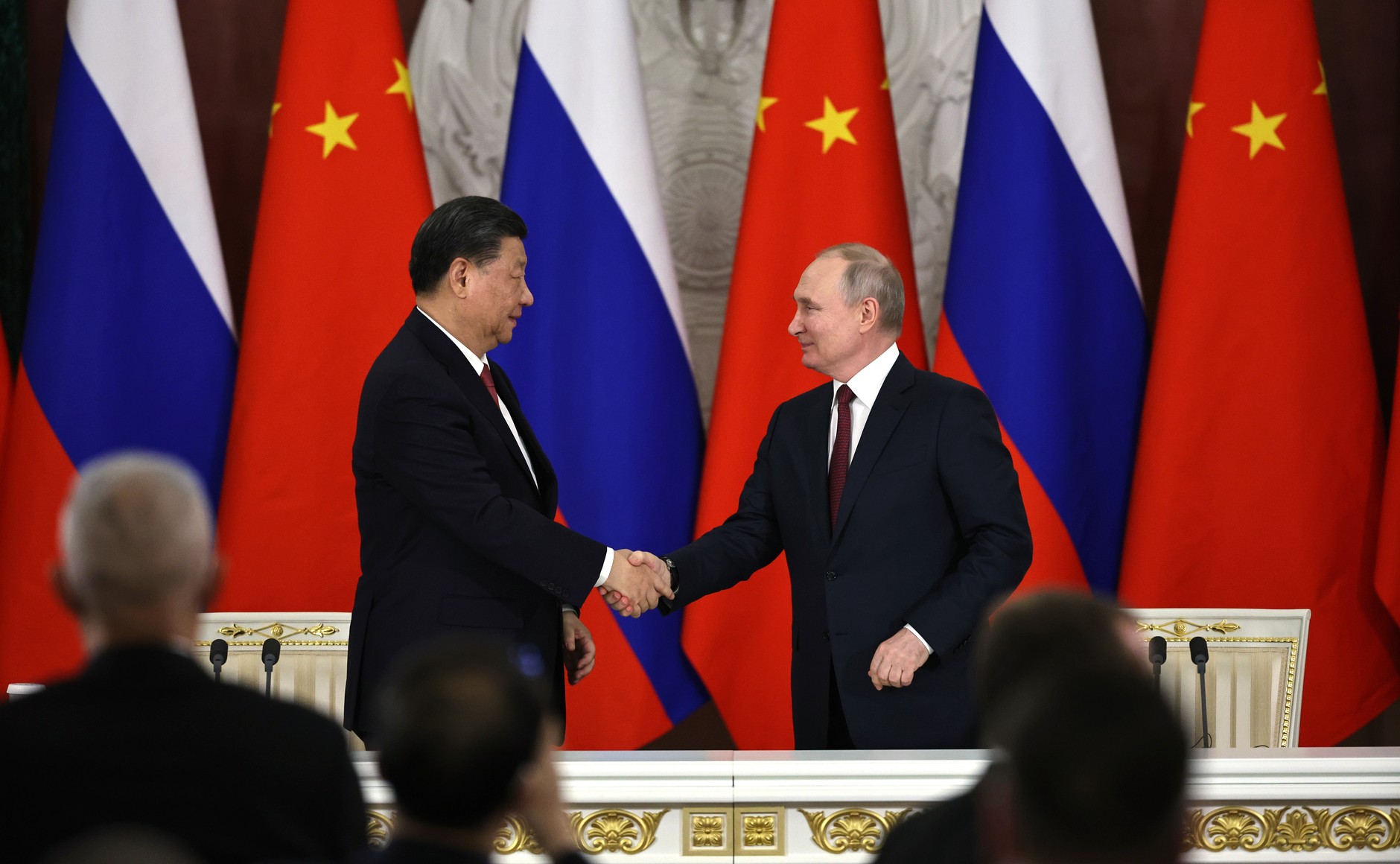
Russia and China have organized military activities together, including naval drills that began on Tuesday. Putin, regulating the launch of the maneuvers, cautioned the US against efforts to outgun Russia by strengthening its tactical power in the Asia-Pacific region.
Meanwhile, a Putin ally reportedly has proposed a plan to construct reproductions of Big Ben, Buckingham Palace, and the White House in the Arctic, just to explode them with nuclear weapons.
Show of Force
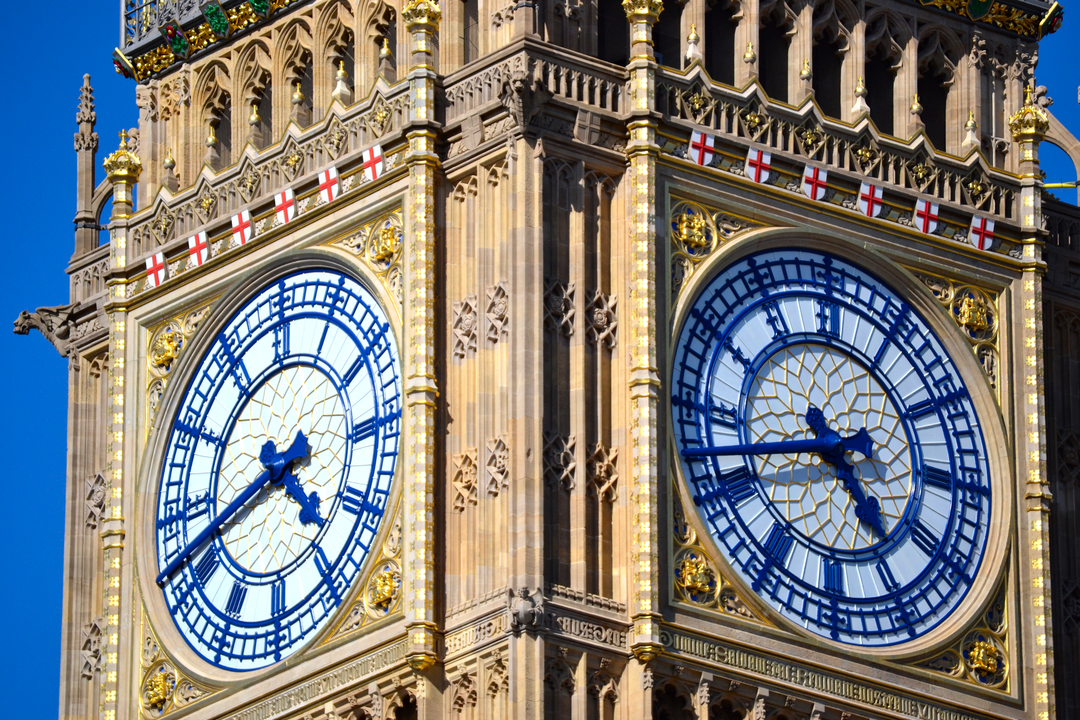
The plan, conceived by Russian propagandist Alexei Mikhailov, is intended as a demonstration of power against the West in light of Britain providing arms to Ukraine.
Mikhailov, head of the Bureau of Political-Military Analysis, shared the plan on Russian state television, detailing his vision to construct these plywood imitations on the Novaya Zemlya archipelago — a location historically utilized by the Soviet Union for nuclear tests.
“Want a Big Continental War”
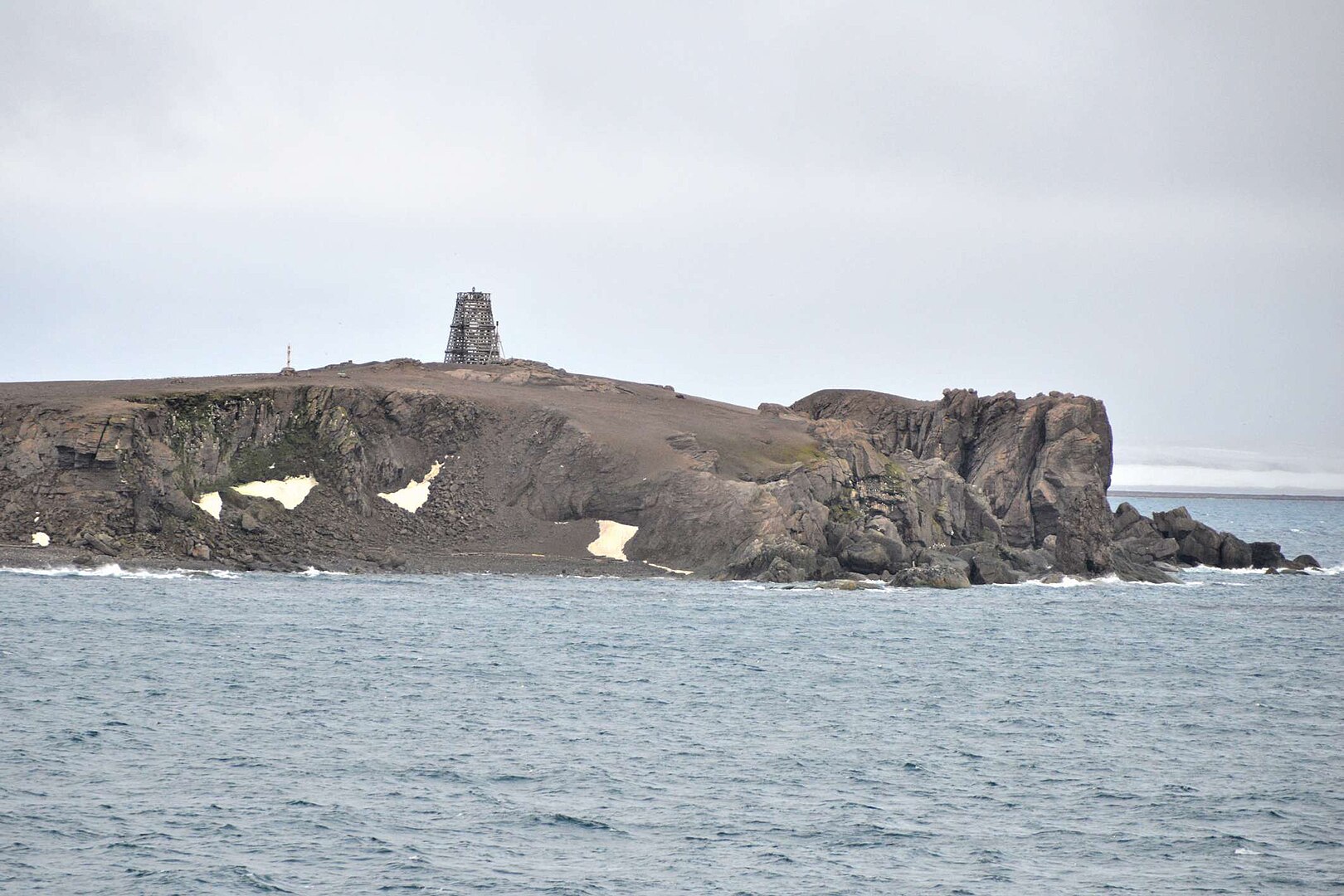
Mikhailov plans to launch a Bulava missile from a submarine in the Atlantic to destroy the replica cities and broadcast the devastation online as a warning to the West to stop supporting Ukraine.
During the transmission, Mikhailov ranted about the West’s intentions, expressing, “The Anglo-Saxons want a big continental war — they really do.”
Bulava Missile Potential
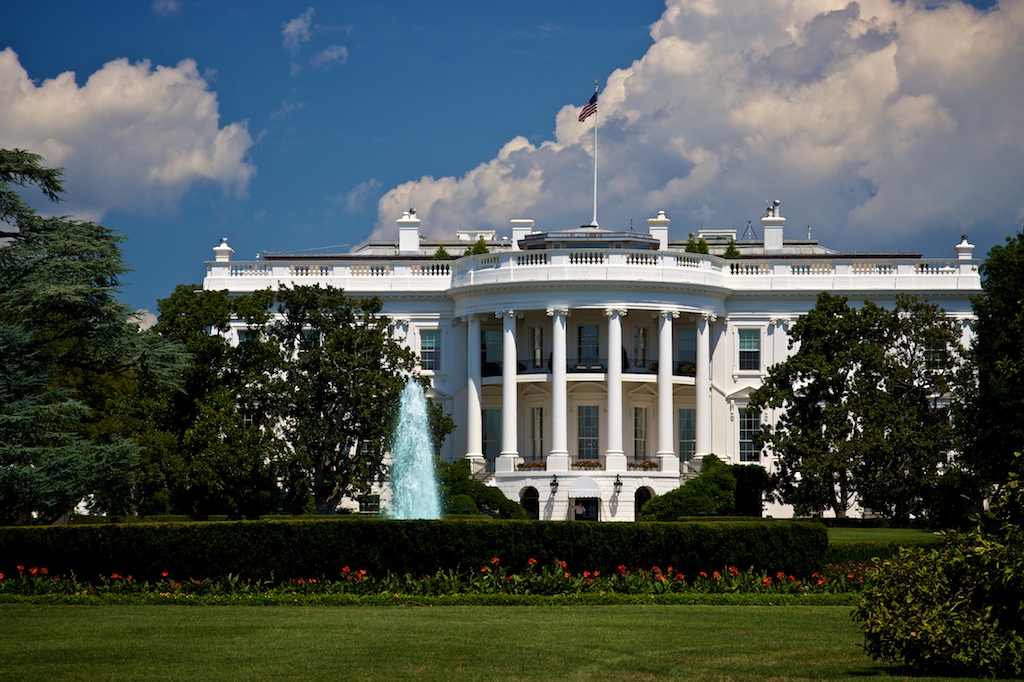
Mikhailov accused Britain of plotting to participate in conflict with Russia by giving long-range precision weapons to Ukraine.
He proposed that the models be hit with more than 150 kilotons of TNT equivalent,” to show the potential obliteration that could be caused for the real cities with just a solitary warhead from the Bulava missile.
“The World Will Be Horrified”
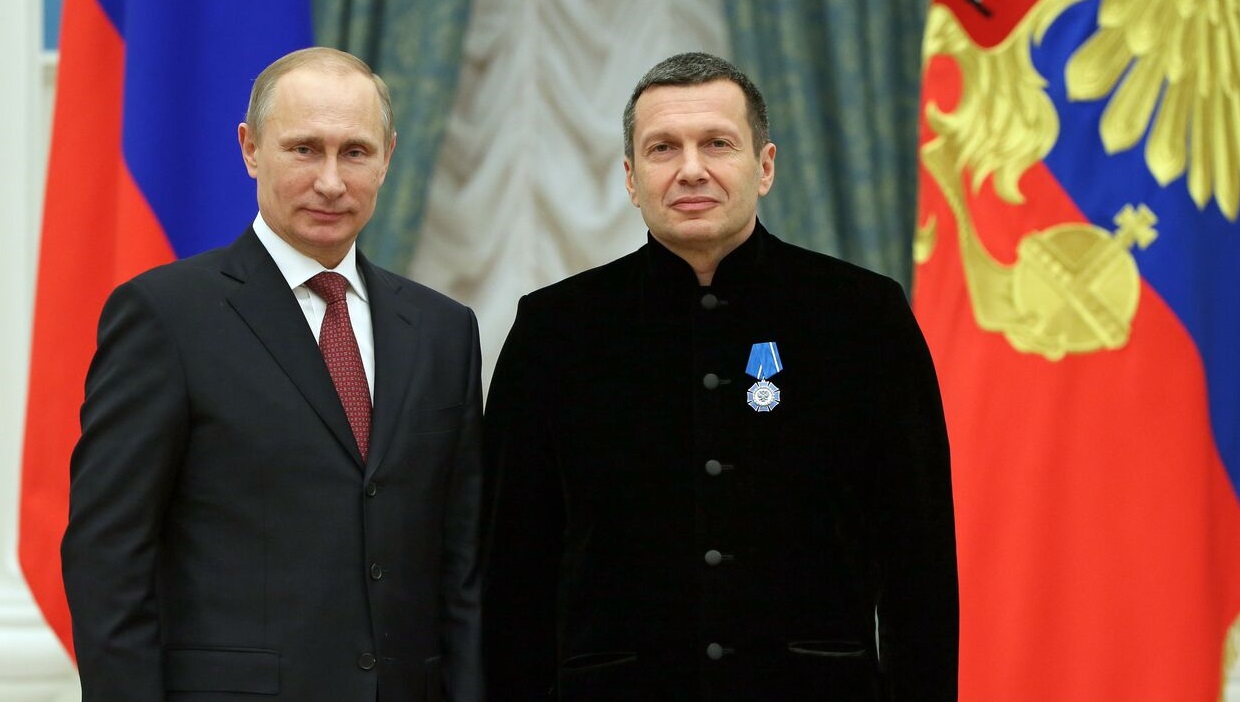
While television host Vladimir Solovyov expressed skepticism about the practicality of building the copies, Mikhailov claimed that “thousands of migrants, who now do not want to leave our country, will erect the City Centre out of plywood”
“Buckingham Palace and Big Ben will go up in blue flames and fly so beautifully that the world will be horrified.”
Russia’s Nuclear Arsenal
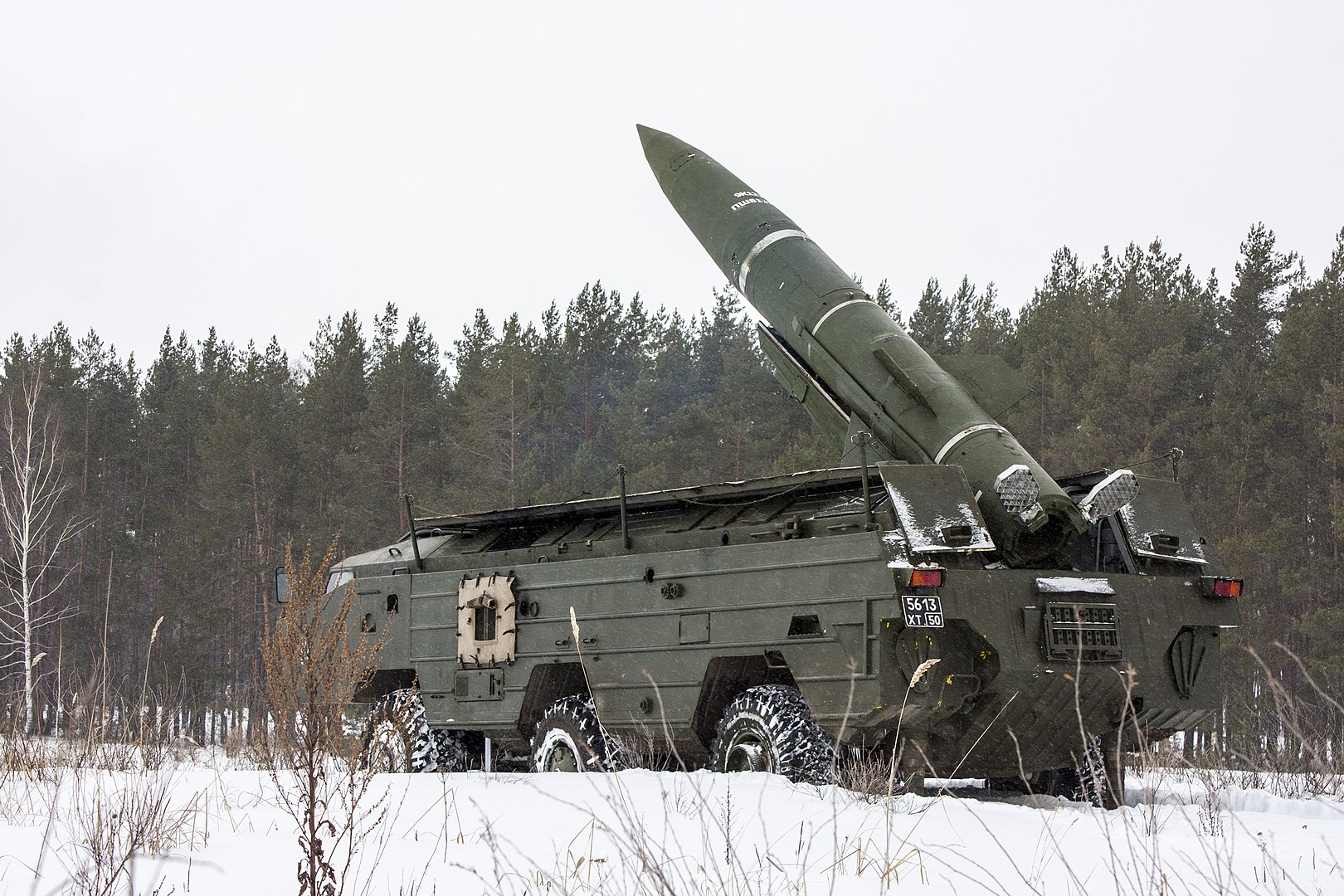
The Bulava missile, which became operational earlier this year and can be deployed, is a vital part of Russia’s nuclear stockpile.
The 40-foot intercontinental long-range missile has an expected range of 5,160 miles and can support six to ten separately directed nuclear warheads which are able to strike various targets.
Tension with the West
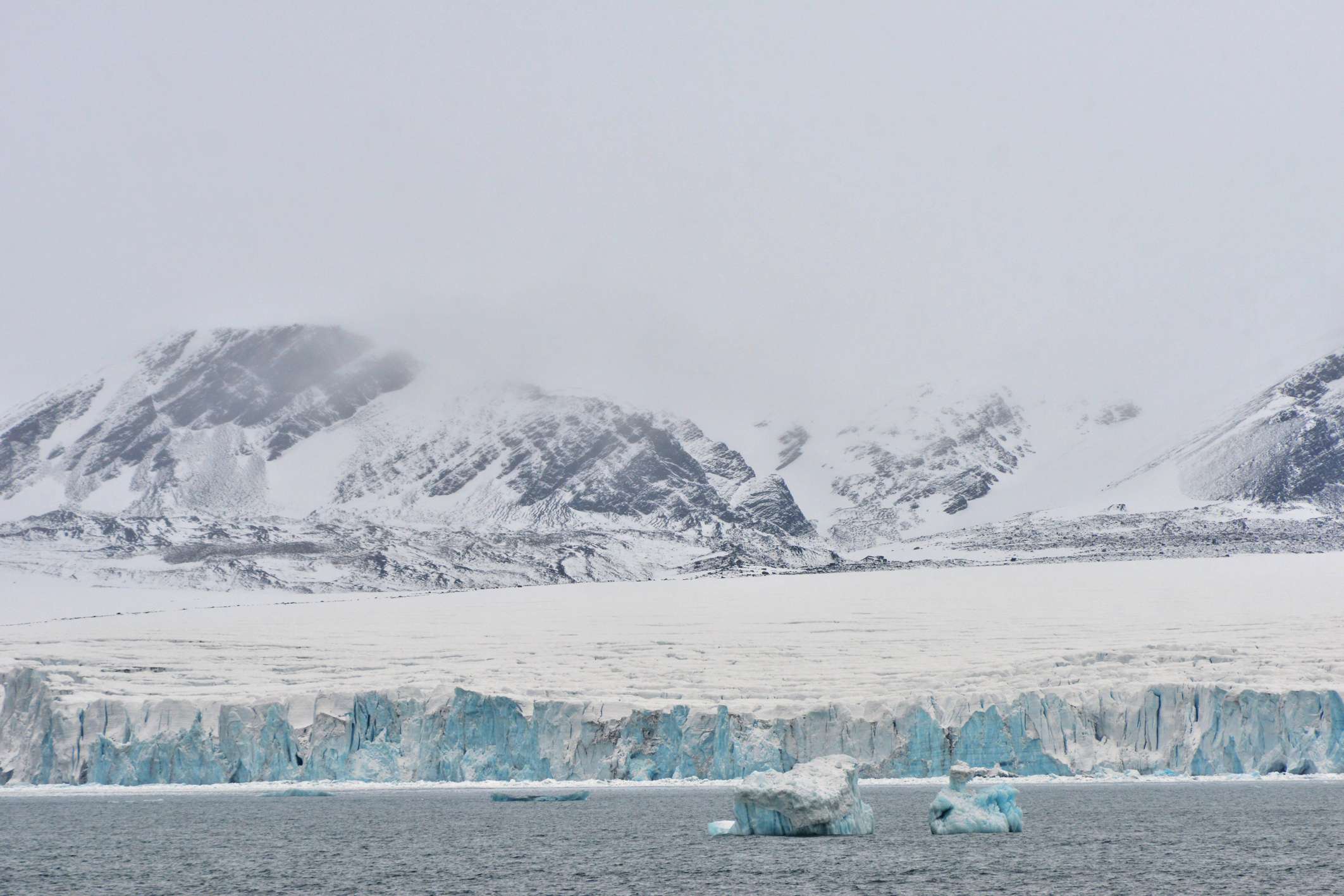
Novaya Zemlya, famous as a Soviet nuclear test region during the Cold War, was the site of the Tsar Bomba test in 1961.
The test was the most powerful nuclear blast ever recorded, which sent shockwaves all over the planet and delivered a mushroom cloud that soared in excess of 37 miles into the atmosphere.
Mikhailov’s proposition has been broadly condemned as careless and provocative, yet it highlights the increased pressures between Russia and the West in the midst of the current conflict in Ukraine.
